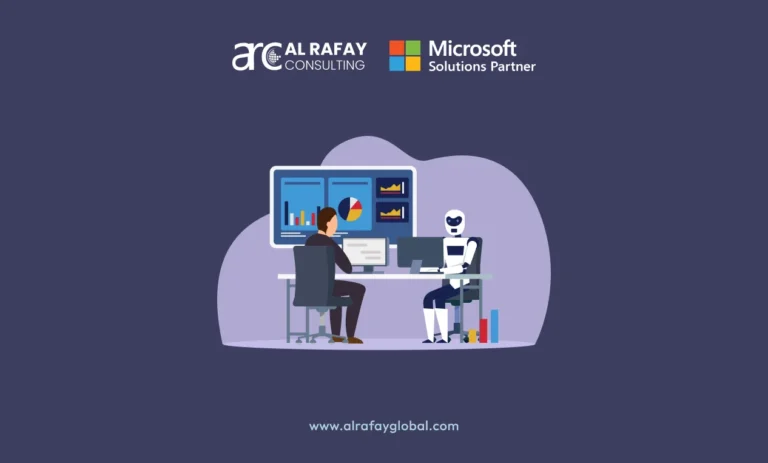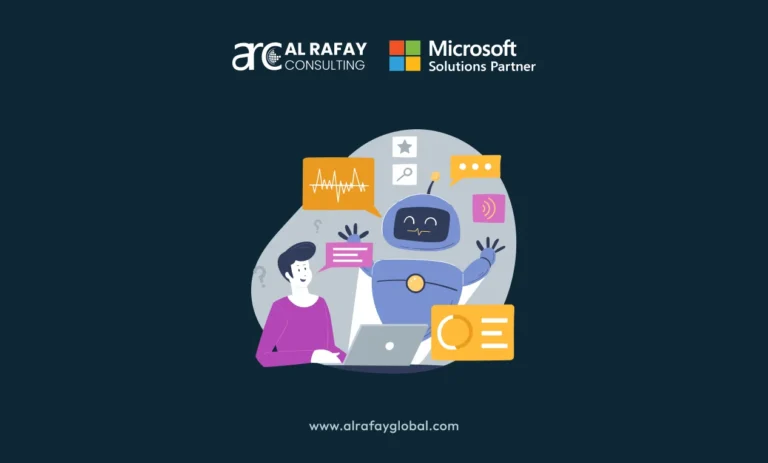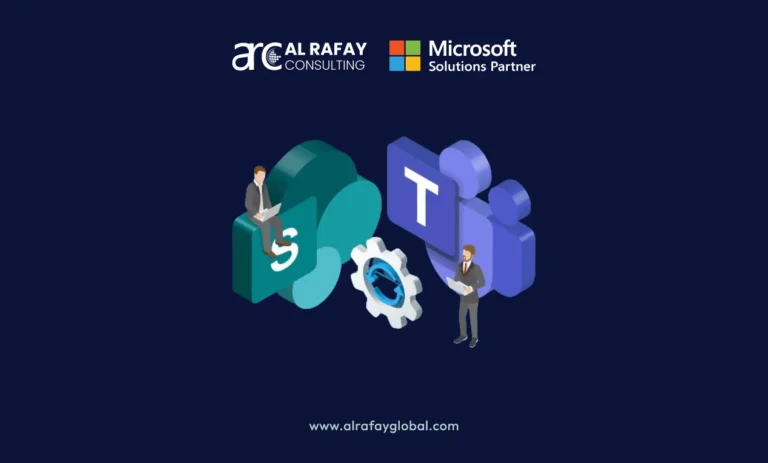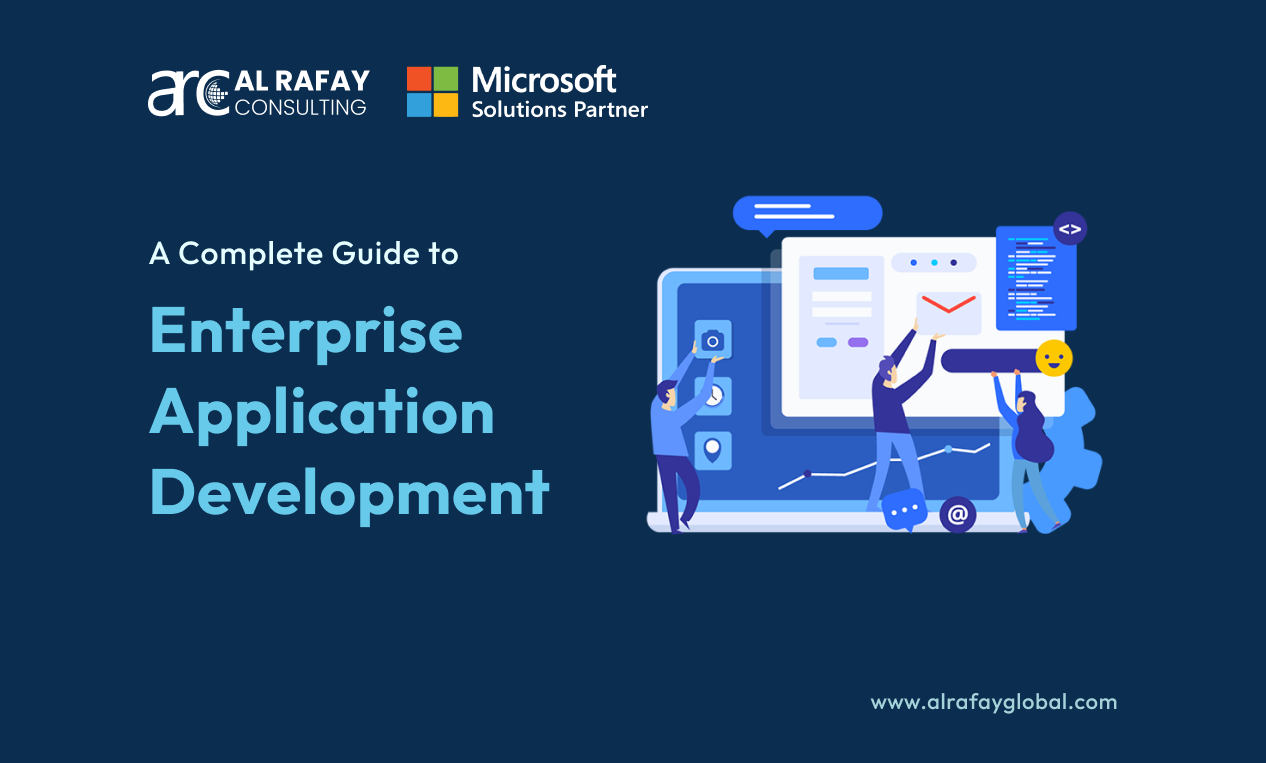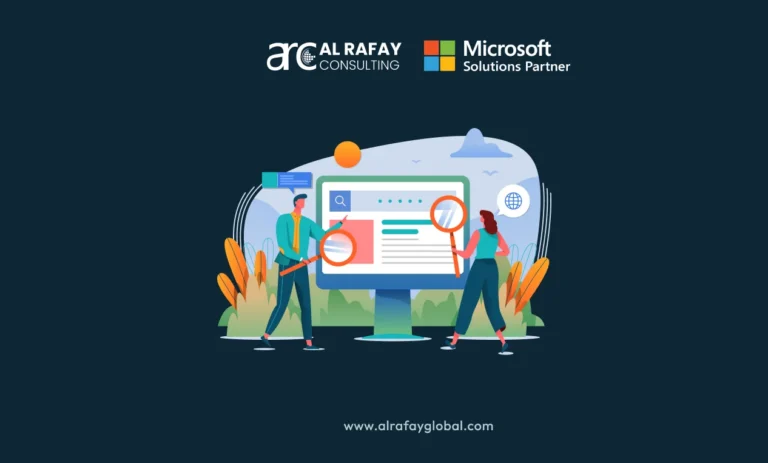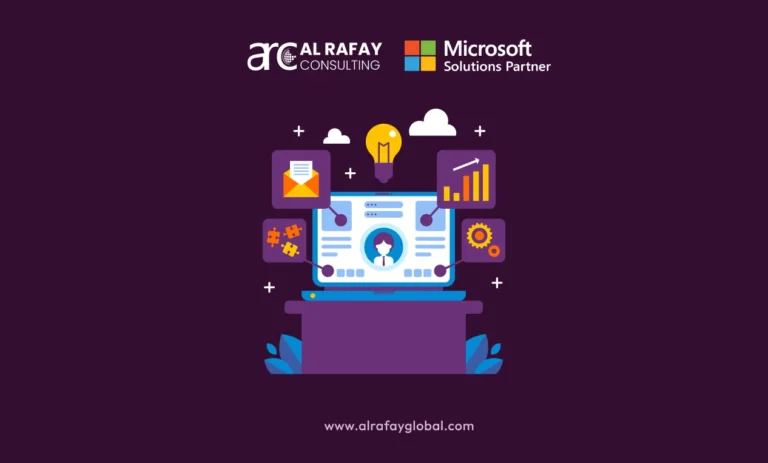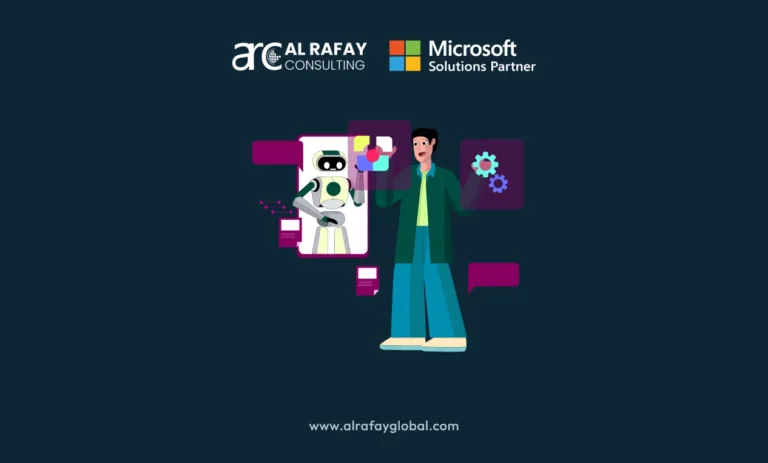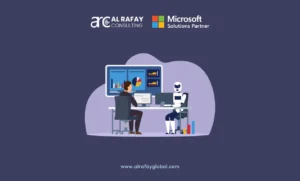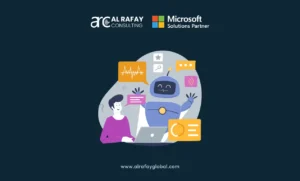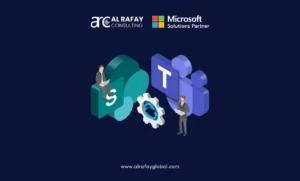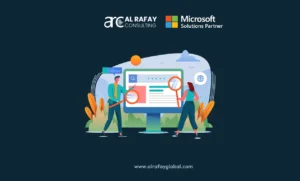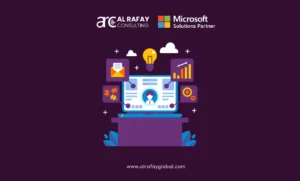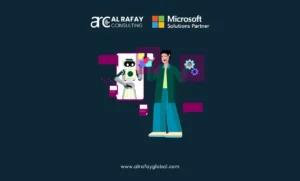In the dynamic landscape of software development, enterprise application development stands out as a critical discipline. This field focuses on creating complex, scalable, and mission-critical applications designed to meet the needs of large organizations. These applications, known as enterprise applications (EAs), are integral to business operations, streamlining processes, managing data, and supporting decision-making.
As businesses continue to evolve in the digital age, understanding enterprise application development becomes essential for software developers, architects, and IT professionals. This guide aims to provide an in-depth exploration of enterprise application development, examining its nuances, methodologies, and future trends.
What Is Enterprise Application Development?
Enterprise application development refers to the process of creating large-scale software applications tailored to meet the specific needs of an organization. These applications are designed to integrate and manage various business operations, such as customer relationship management (CRM), human resources, procurement, and more.
The primary goal of enterprise application development is to solve complex business problems, improve productivity, and ensure seamless operations across different departments. Unlike consumer apps, which are intended for individual users, enterprise applications serve multiple users within an organization and are built to handle extensive data processing and high transaction volumes.
Key characteristics of enterprise applications include:
● Scalability: Must handle a large number of users and transactions.
● Integration: Seamlessly interact with other enterprise systems.
● Security: Ensure data protection and compliance with regulations.
● Customization: Adapt to specific business needs.
● Maintenance: Require continuous updates and support.
The development of such applications involves various stakeholders, including business analysts, developers, testers, and project managers, working together to deliver a solution that aligns with business goals.
What Is The Difference Between Traditional And Latest Enterprise Application Development?
Traditional Development:
Traditional enterprise application development has historically relied on methodologies like the Waterfall model, which follows a linear and sequential approach. This model involves distinct phases, including requirement gathering, system design, implementation, testing, deployment, and maintenance.
Characteristics of Traditional Development:
● Waterfall Model: Each phase must be completedbefore the next begins, leading to a rigid and inflexible process.
● Legacy Systems: Often built on outdatedtechnologies, making them difficult to update and maintain.
● Challenges and Limitations: The linearapproach can lead to delayed feedback, longer development cycles, and highercosts. Changes late in the development process can be costly and disruptive.
Modern Enterprise Application Development:
Modern enterprise application development embraces more flexible and iterative methodologies, such as Agile and DevOps, to address the shortcomings of traditional approaches.
Characteristics of Modern Development:
● Agile Methodology: Emphasizes iterative development, where requirements and solutions evolve through collaboration between cross-functional teams. This approach enhances flexibility, allowing for rapid adjustments based on feedback.
● Cloud Computing: Enables scalable and cost-effective solutions, providing the ability to deploy applications quickly and manage resources efficiently.
● Modern Frameworks: Utilizes advanced frameworks and technologies that support modularity, microservices, and continuous integration/continuous deployment (CI/CD).
Benefits and Advancements:
● Reduced Time-to-Market: Faster development cycles and continuous delivery of updates.
● Scalability and Flexibility: Easier to scale applications to meet growing business needs.
● Enhanced Collaboration: Improved communication and collaboration among development teams.
Some Examples of Enterprise App Development
Enterprise applications span various business functions, each with unique requirements and benefits. Here, we discuss three prominent examples: CRM, HRMS, and procurement systems.
CRM:
CRM systems manage a company’s interactions with current and potential customers. They streamline processes, improve customer service, and increase profitability. Examples of CRM systems include Salesforce, Microsoft Dynamics 365, and HubSpot.
Key Features:
● Sales Automation: Track leads, opportunities, and sales pipelines to improve sales efficiency and effectiveness.
● Customer Support: Manage support tickets and service requests, enhancing customer satisfaction and loyalty.
● Analytics: Gain insights into customer behavior, sales performance, and market trends through advanced analytics.
HRMS:
HRMS solutions automate and manage various HR functions, including recruitment, payroll, performance management, and employee self-service. Examples of HRMS solutions include Workday, SAP SuccessFactors, and Oracle HCM.
Key Features:
● Employee Data Management: Maintain a centralized repository for employee information, ensuring data accuracy and accessibility.
● Payroll: Automate payroll processing, tax calculations, and compliance management, reducing administrative burden.
● Talent Management: Streamline recruitment, onboarding, and performance evaluations, enhancing talent acquisition and retention.
Procurement:
Procurement applications streamline the purchasing process, manage vendor relationships, and control costs. Examples of procurement systems include SAP Ariba, Coupa, and Oracle Procurement Cloud.
Key Features:
● Supplier Management: Track supplier performance, contracts, and compliance, ensuring reliable and cost-effective sourcing.
● Purchase Orders: Create, approve, and manage purchase orders, improving procurement efficiency and accuracy.
● Spend Analysis: Monitor and analyze procurement spending, identifying opportunities for cost savings and process improvements.
What Are Low-Code And No-Code Platforms In Enterprise Application Development?
Low-code and no-code platforms are transforming enterprise application development by enabling faster, more accessible development processes. These platforms allow users to build applications with minimal or no coding, using visual interfaces and drag-and-drop components.
Low-Code Platforms
Low-code platforms, such as OutSystems, Mendix, and Appian, provide a development environment where developers can design applications with pre-built templates and components. While these platforms still require some coding for customization and complex logic, they significantly speed up the development process.
Pros:
● Speed: Rapid development and deployment reduce time-to-market.
● Flexibility: Customization through coding allows for tailored solutions
● Collaboration: Easier for non-developers to participate in the development process, fostering cross-functional collaboration.
Cons:
● Complex Customizations: Advanced features may require traditional coding, limiting the simplicity of the platform.
● Vendor Lock-In: Dependency on the platform provider can pose challenges if switching platforms becomes necessary.
No-Code Platforms
No-code platforms, such as Airtable, Zapier, and Bubble, enable users to create applications without any coding knowledge. These platforms are designed for business users who need to quickly create and deploy applications to address specific business needs.
Pros:
● Accessibility: Non-technical users can build applications, democratizing the development process.
● Cost-Effective: Reduce development costs by eliminating the need for specialized developers.
● Agility: Quickly adapt to changing business needs and opportunities.
Cons:
● Limited Customization: Restricted by the platform’s capabilities, potentially limiting functionality for complex applications.
● Scalability: This may not be suitable for handling large-scale, complex enterprise applications.
DevOps Practices For Enterprise Application Development
DevOps practices are integral to modern enterprise application development, promoting a culture of collaboration and continuous improvement.
What is DevOps? DevOps is a set of practices that combine software development (Dev) and IT operations (Ops) to shorten the development lifecycle and deliver high-quality software continuously.
Some important practices used in enterprise app development are the following:
Continuous Integration (CI)
CI involves the frequent merging of code changes into a central repository, followed by automated builds and tests. This practice ensures that code changes are tested early and often, reducing integration issues and enhancing code quality.
Benefits:
● Early Bug Detection: Identify and fix bugs early in the development process, reducing the cost and complexity of bug fixes.
● Faster Feedback: Immediate feedback on code quality helps maintain high standards and accelerates development cycles.
● Improved Collaboration: Encourages collaboration among team members, promoting shared responsibility for code quality.
Continuous Delivery (CD)
CD extends CI by automating the deployment process, ensuring that code changes are automatically deployed to production environments after passing automated tests. This practice enables frequent, reliable, and predictable software releases.
Benefits:
● Faster Releases: Accelerate the release cycle, delivering new features and improvements to users more quickly.
● Consistency: Ensure consistent and reliable deployments, reducing the risk of deployment-related issues.
● Reduced Risk: Minimize deployment-related issues through automation, enhancing the stability and performance of applications.
Infrastructure as Code (IaC)
IAC involves managing and provisioning infrastructure through code, enabling version control, automation, and repeatability. Tools like Terraform, Ansible, and AWS CloudFormation are commonly used for IaC, allowing developers to define and manage infrastructure in a declarative manner.
Benefits:
● Scalability: Easily scale infrastructure to meet demand, optimizing resource usage and performance.
● Reproducibility: Ensure consistent environments across development, testing, and production, reducing configuration drift.
● Efficiency: Automate infrastructure management tasks, reducing manual errors and improving operational efficiency.
Benefits And Challenges of Using Microservices Architecture In Enterprise Application Development
Microservices architecture is a modern approach to enterprise application development, where applications are composed of small, independent services that communicate over well-defined APIs. Each service is responsible for a specific business function, allowing for greater flexibility and scalability.
Benefits
- Scalability: Microservices allow independent scaling of components,optimizing resource usage and performance. Services can be scaled individually based on demand, improving efficiency and cost-effectiveness.
- Flexibility: Developers can use different technologies for different services, enhancing flexibility and enabling the use of the best tools for each task.
- Resilience: Failure in one microservice does not affect the entire application, improving fault tolerance and system stability.
- Continuous Deployment: Microservices enable independent deployment of services, facilitating continuous delivery and reducing the risk of deployment-related issues.
- Scalability: Microservices allow independent scaling of components,optimizing resource usage and performance. Services can be scaled individually based on demand, improving efficiency and cost-effectiveness.
Challenges
- Complexity: Managing multiple services increases architectural complexity, requiring robust tooling and processes for development, deployment, and monitoring.
- Communication: Services must communicate efficiently, often requiring robust API management and handling potential latency and network issues.
- Data Management: Ensuring data consistency across services can be challenging, necessitating strategies for distributed data management and eventual consistency.
- Deployment: Orchestrating deployments across multiple services requires sophisticated tools and processes, such as container orchestration platforms like Kubernetes.
- Complexity: Managing multiple services increases architectural complexity, requiring robust tooling and processes for development, deployment, and monitoring.
The Future of Enterprise Application Development
The future of enterprise application development is shaped by emerging technologies and evolving business needs. Several key trends are expected to significantly impact the field, driving innovation and transformation.
Artificial Intelligence (AI) and Machine Learning (ML)
AI and ML are transforming enterprise applications by enabling predictive analytics, automation, and personalized user experiences. Applications such as chatbots, recommendation systems, and anomaly detection are becoming standard, enhancing business operations and customer engagement.
● Predictive Analytics: AI-driven analytics can forecast trends, identify opportunities, and provide actionable insights, enabling better decision-making.
● Automation: AI-powered automation can streamline repetitive tasks, improve efficiency, and reduce operational costs.
● Personalization: ML algorithms can analyze user behavior and preferences, delivering personalized experiences and improving customer satisfaction.
Cloud Computing
Cloud computing continues to revolutionize enterprise application development by providing scalable, flexible, and cost-effective infrastructure. Hybrid and multi-cloud strategies are gaining traction, offering greater flexibility and resilience.
● Scalability: Cloud platforms can easily scale resources up or down based on demand, optimizing performance and cost-efficiency.
● Flexibility: Hybrid and multi-cloud environments allow organizations to leverage the best services from multiple cloud providers, enhancing agility and avoiding vendor lock-in.
● Cost-Efficiency: Cloud computing reduces the need for on-premises infrastructure, lowering capital expenditures and operational costs.
Edge Computing
Edge computing involves processing data closer to the source, reducing latency, and improving performance. This approach is particularly valuable for applications requiring real-time processing, such as IoT and autonomous systems.
● Latency Reduction: Processing data at the edge minimizes latency, enhancing the performance of real-time applications.
● Bandwidth Optimization: Edge computing reduces the need to transmit large volumes of data to central data centers, optimizing bandwidth usage.
● Enhanced Security: Data processing at the edge can improve security by reducing the exposure of sensitive data to potential cyber threats.
Wrapping Up
In summary, enterprise application development is not just about building software; it’s about creating solutions that drive business success, enhance operational efficiency, and enable organizations to thrive in an increasingly digital world.
If you are looking for professional enterprise application developers, then contact our Microsoft-certified team at Al Rafay Consulting. We have more than a decade of experience in developing applications and can solve all your technical issues.

